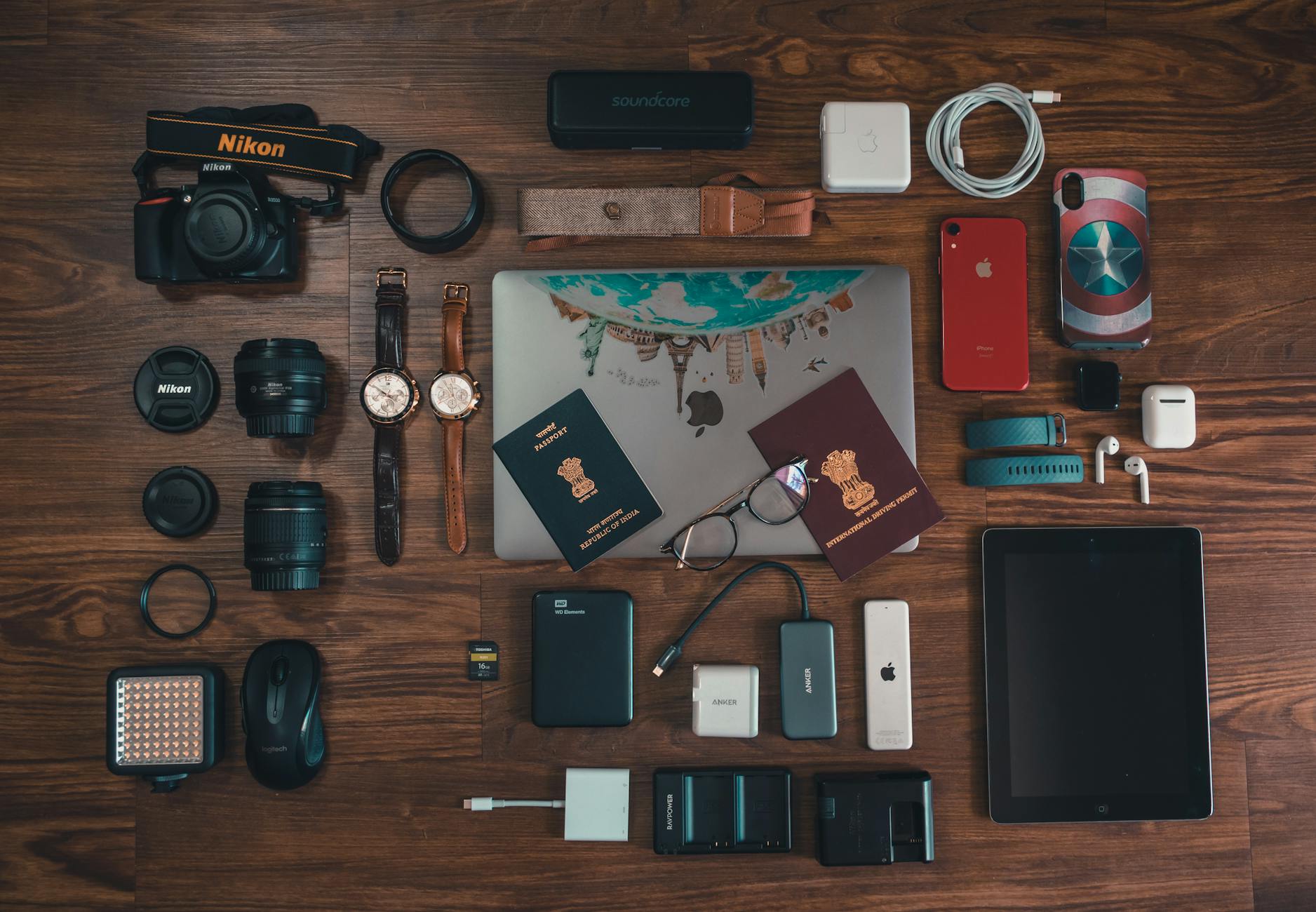Is Australia the Next Hub for Creative Media Innovation?

Australian Creative Media Landscape
Key Trends Shaping the Industry
The creative media landscape in Australia is increasingly defined by innovation, with trends pointing towards immersive experiences and interactive content. One notable area of interest is the motorised projector screen, gaining traction in film production setups for its seamless functionality and adaptability. The use of such screens has become quite popular in film production studios around Docklands, demonstrating the industry's shift towards more versatile and high-tech solutions.
Major Players in the Market
Australia's media industry features several key players, each contributing to technological advancements and creative content production. Companies focusing on broadcast solutions and digital media, such as those showcasing their innovations at the Melbourne Arts Centre, are leading the way in integrating new tech like motorised screens into creative workflows.
Impact of Local Culture and Diversity
Australia's rich cultural tapestry profoundly influences its media landscape. This diversity fosters a variety of perspectives and narratives, which are celebrated in local productions. In venues like Federation Square, digital media events highlight how local culture shapes content creation, offering fresh, unique insights that resonate both locally and globally.
In conclusion, Australia is carving a niche in the media industry by adopting cutting-edge technology, leveraging cultural diversity, and fostering creative innovations. The growing interest in tools like motorised projector screens is just one example of how the industry is evolving, making Australia an exciting hub for creative media innovation.
Technological Advancements
Emerging Tools and Platforms
In Melbourne's dynamic digital landscape, including film production hotspots like Docklands, technological advancements continue to reshape the creative media industry. Among the innovative tools gaining traction are mesh radios, integral for anyone looking to marry connectivity with flexibility in their projects. This technology enhances communication across large venues without the burden of hefty infrastructure, providing a seamless experience essential for complex production settings.
The Role of AI and Automation
Artificial Intelligence and automation have become indispensable in streamlining various processes within the creative sector. For instance, AI can assist in editing tasks, drastically reducing turnaround times while maintaining quality. Project coordinators and designers now leverage AI-driven analytics to make informed decisions that cater specifically to audience preferences. This data-driven approach ensures that productions resonate well with viewers, adding layers of efficiency that were previously unimaginable.
Virtual and Augmented Reality Innovations
Virtual and augmented reality experiences are no longer confined to theoretical discussions but are being implemented in practical scenarios. These technologies are revolutionizing how stories are told, offering audiences immersive experiences that were once the domain of sci-fi. VR/AR tools are being effectively utilized during digital media events at Federation Square, providing a real-time, interactive experience that deeply engages the audience and heightens their involvement with the content.
Incorporating these technological advances not only enriches media production but also empowers design enthusiasts like Mia to push the boundaries of creativity and functionality in their projects.
Supporting Ecosystem
Government Initiatives and Policies
Australia's vibrant creative media landscape is deeply supported by government initiatives designed to bolster innovation and technological advancement. Recognising the significance of the creative sector and its potential impact on the economy, the government has rolled out numerous policies that encourage the growth of digital media and film production. These initiatives provide much-needed funding and resources to budding creatives, making it easier for them to bring innovative ideas to life without the hurdles of limited financing or bureaucratic red tape.
Educational Institutions and Programs
Education is a crucial pillar in fostering a thriving creative ecosystem. Renowned institutions across Australia offer comprehensive programs that equip students with the skills necessary to excel in digital media and film production. From RMIT University to the University of Melbourne, these institutions have developed curricula that integrate the latest technologies, including broadcast solutions, into their teaching. Such programs ensure that graduates are industry-ready, versatile, and able to contribute effectively to the creative sector.
Collaborative Spaces and Community Events
Melbourne, with its bustling arts centre and the innovation hub of Docklands, is a hotbed for creative collaborations. The city offers numerous co-working spaces and hosts workshops and meetups focused on fostering partnerships among creatives. This collaborative spirit is reinforced by digital media events held at Federation Square, where individuals can network, share ideas, and gain insights into the latest industry trends. These gatherings provide an invaluable platform for creativity and innovation to thrive, ensuring that the supporting ecosystem remains dynamic and inclusive.
Embracing Best Practices for Media Innovation
Fuelling Creativity Through Collaboration
In Melbourne's vibrant creative scene, collaboration is the backbone of innovation. Leveraging the dynamic atmosphere of places like Federation Square, it’s essential to cultivate an environment where creative minds in film production and digital media can converge. Participate in community events or engage with groups at the Docklands film production studios to exchange ideas and foster partnerships. Hiring spaces at the Melbourne Arts Centre can be an inspired move to facilitate workshops or brainstorming sessions that unlock collective creativity.
Prioritising Sustainability in Media Production
As tech enthusiasts and project coordinators, we must adopt sustainable practices. Consider using energy-efficient technologies when setting up your film projects. Transitioning to eco-friendly materials and recycling can significantly reduce your carbon footprint. This approach not only helps in conserving the environment but also portrays your commitment to sustainability, which is increasingly important in today's global market. Innovations in motorized screen projector technology are providing opportunities to operate both sustainably and efficiently.
Crafting User-Centric Media Experiences
Delivering user-centric experiences stands at the core of Australia’s competitive edge in creative media. Engaging with audiences through digital media events at Federation Square offers a practical platform to interact and gather audience insights. Incorporate these valuable learnings into your projects by designing user interfaces and content that prioritise audience engagement and satisfaction. Leveraging data analytics can also enhance your understanding of audience preferences and guide creative decision-making.
Together, these practices position you for success in an evolving market rich with potential.


